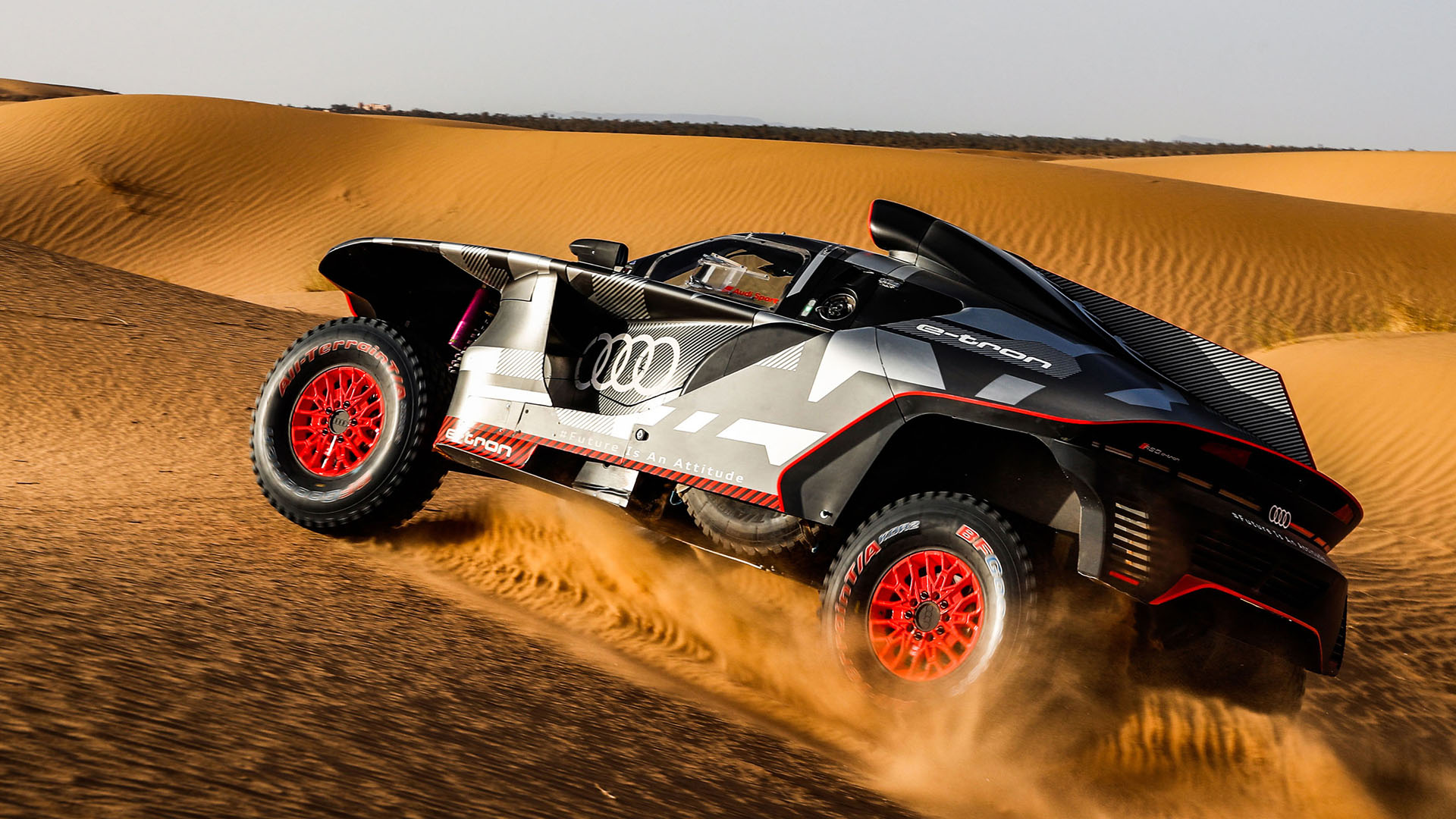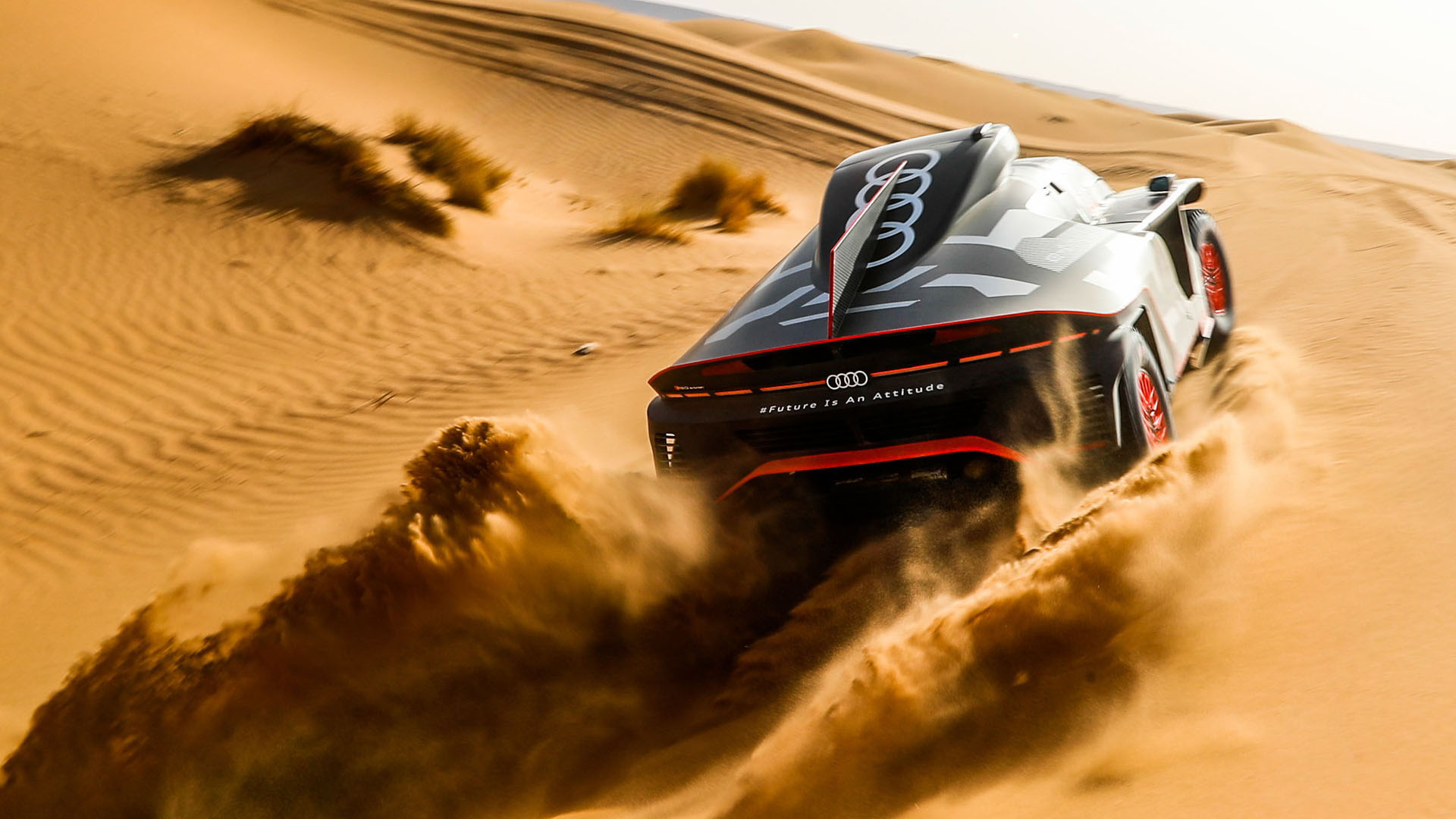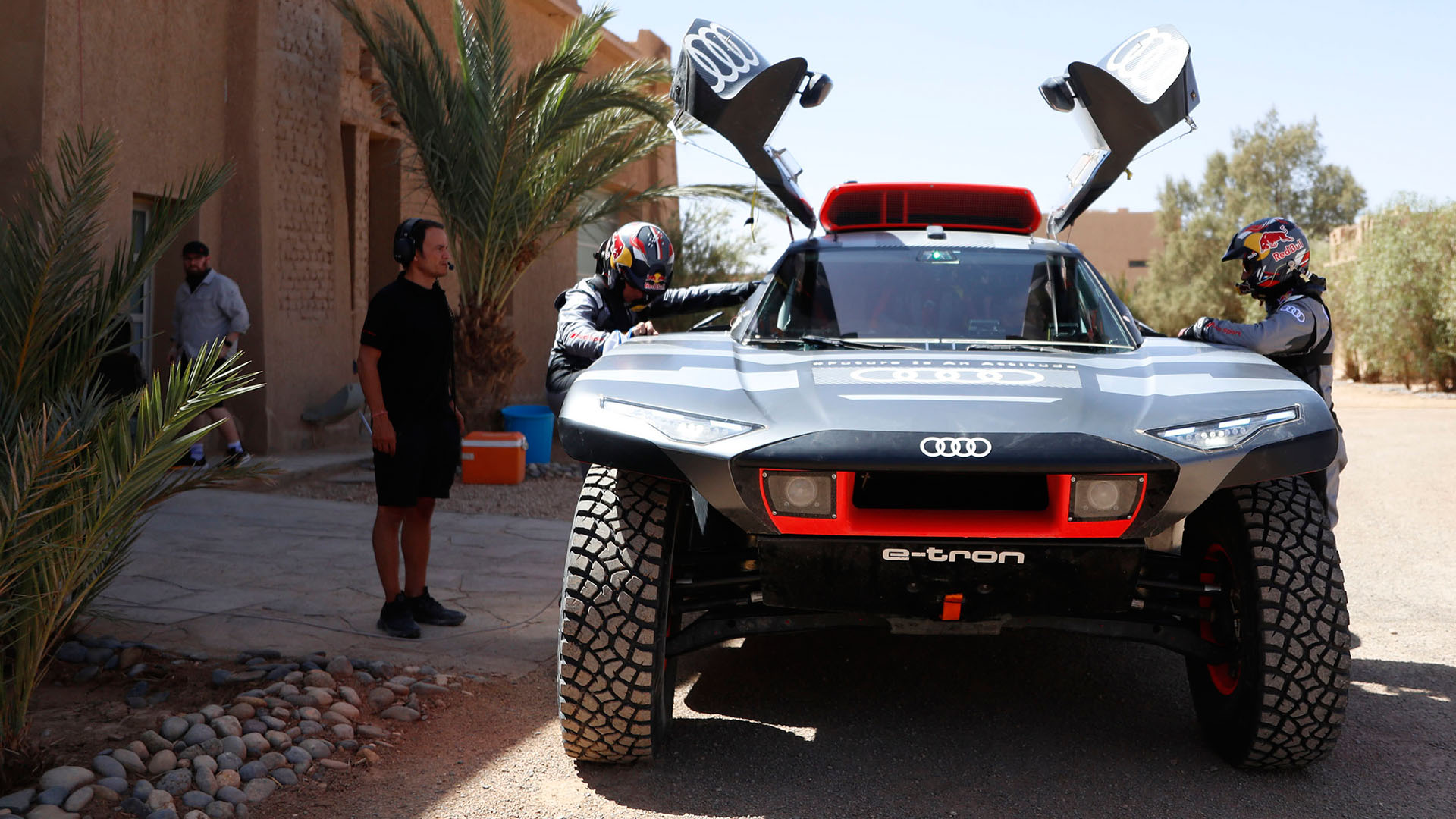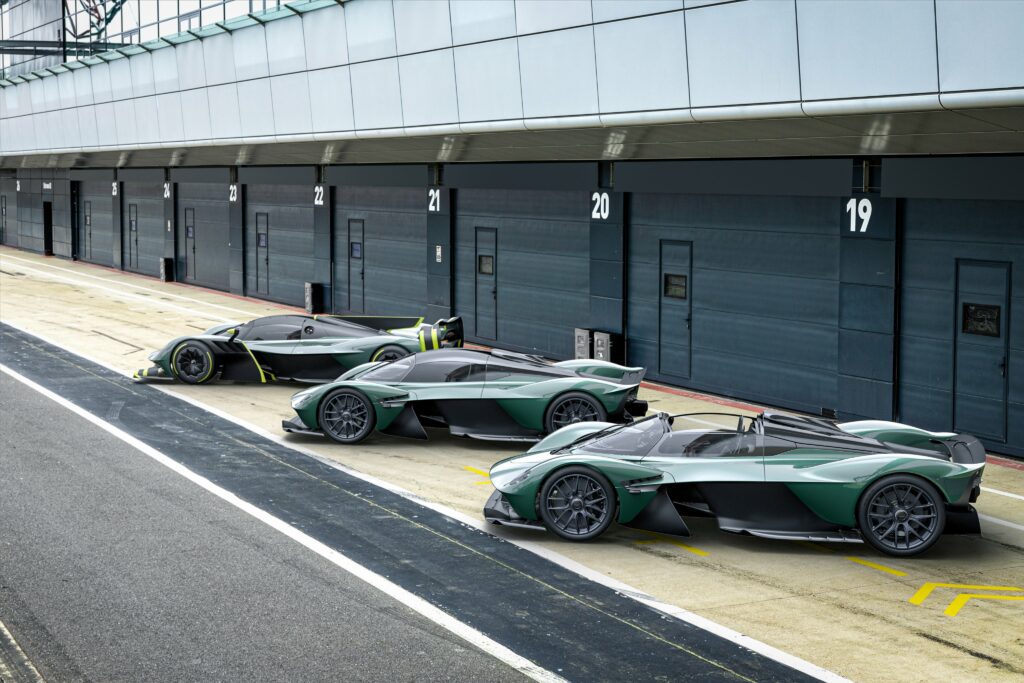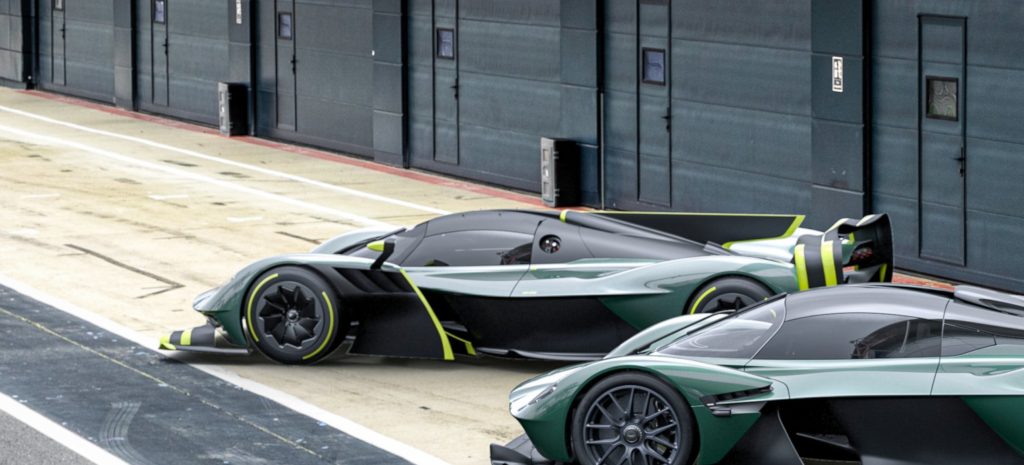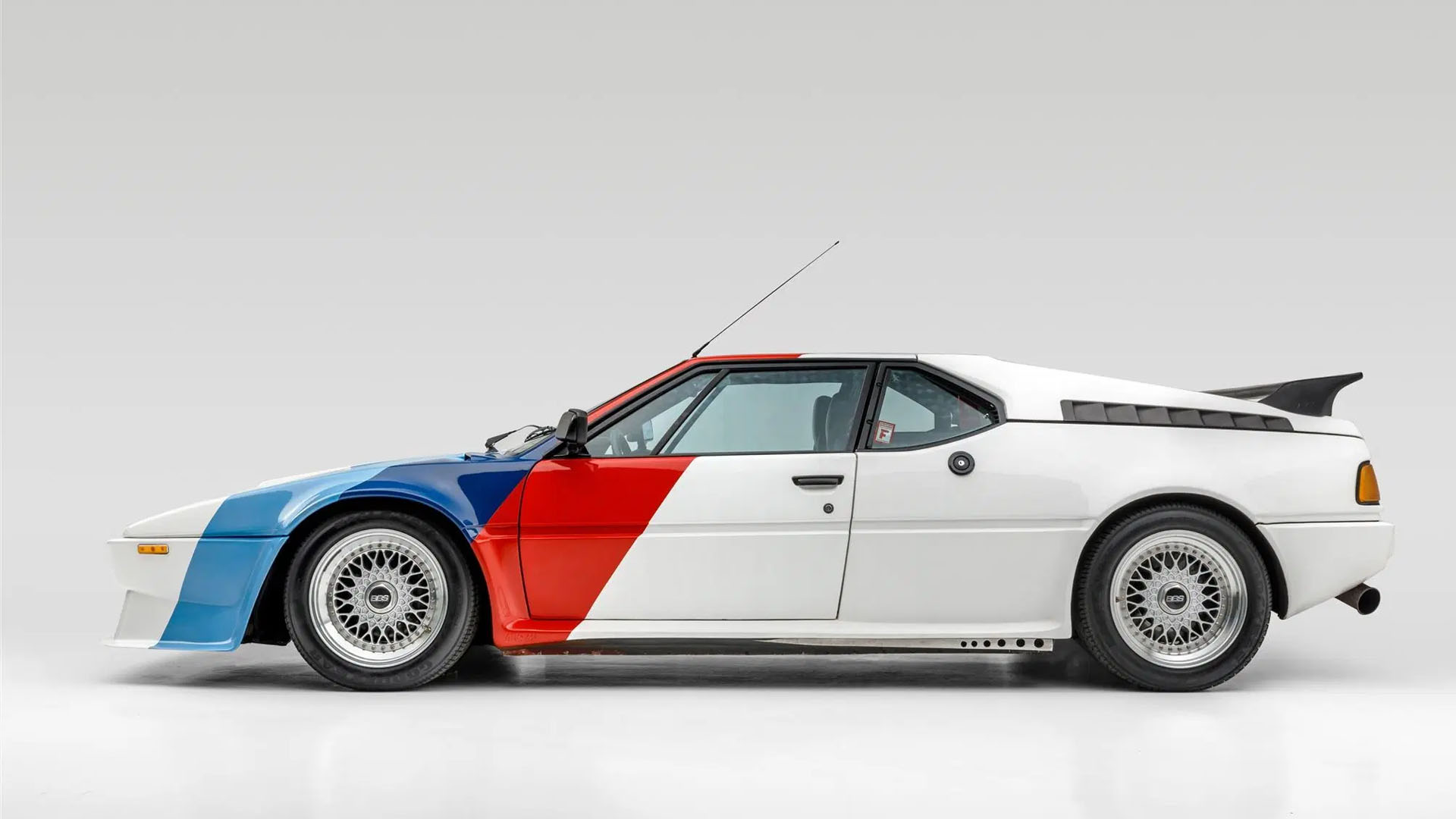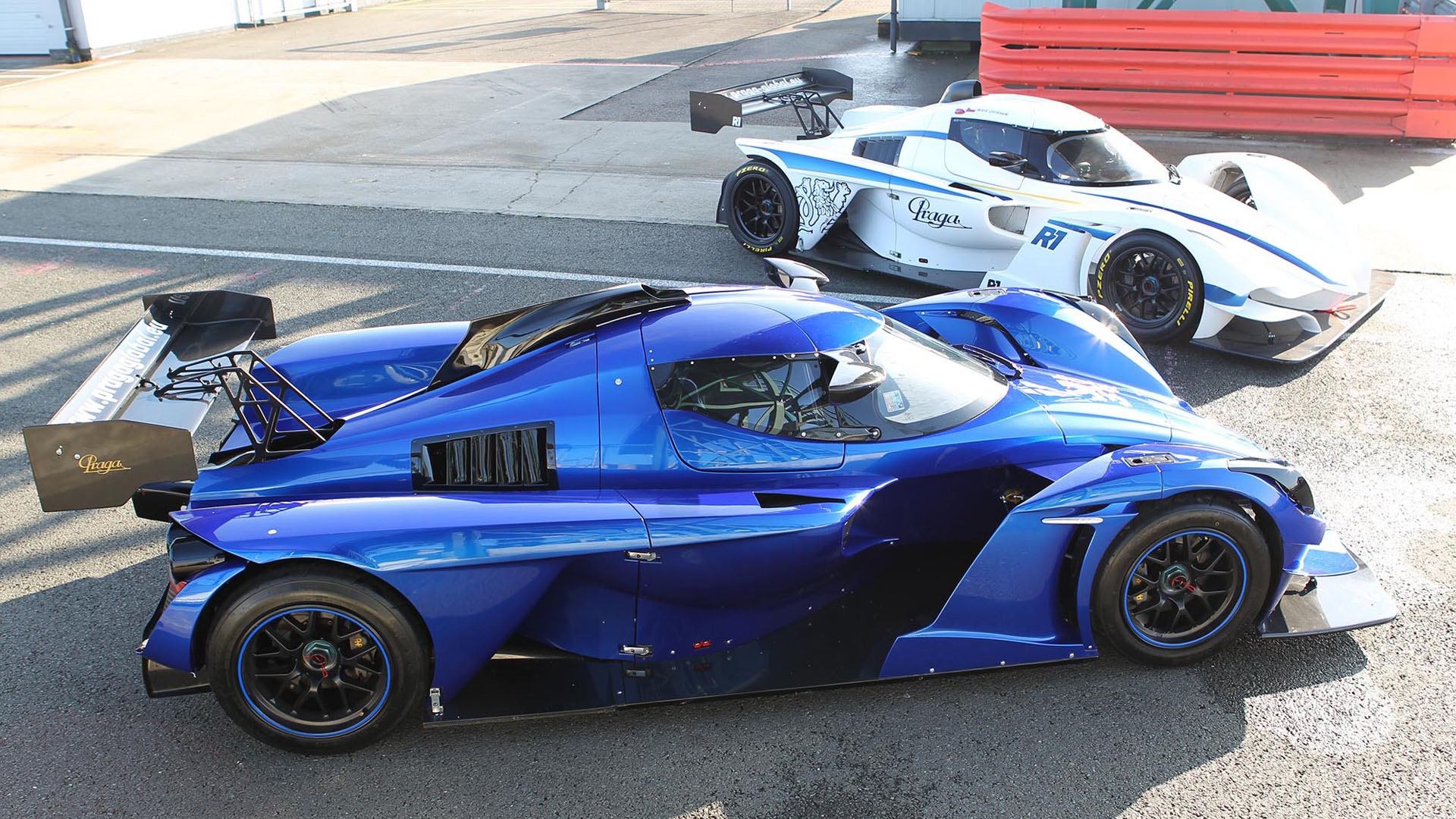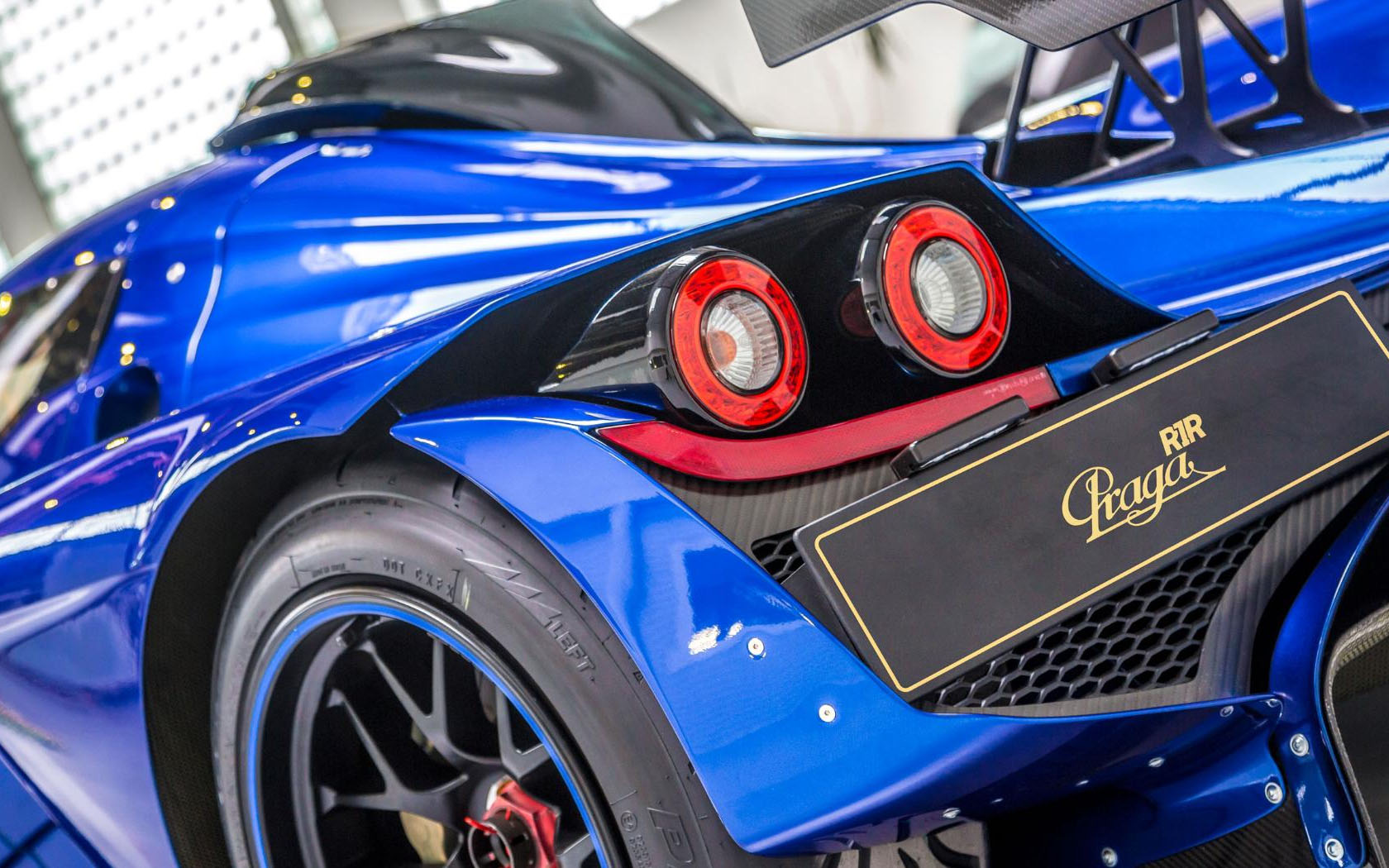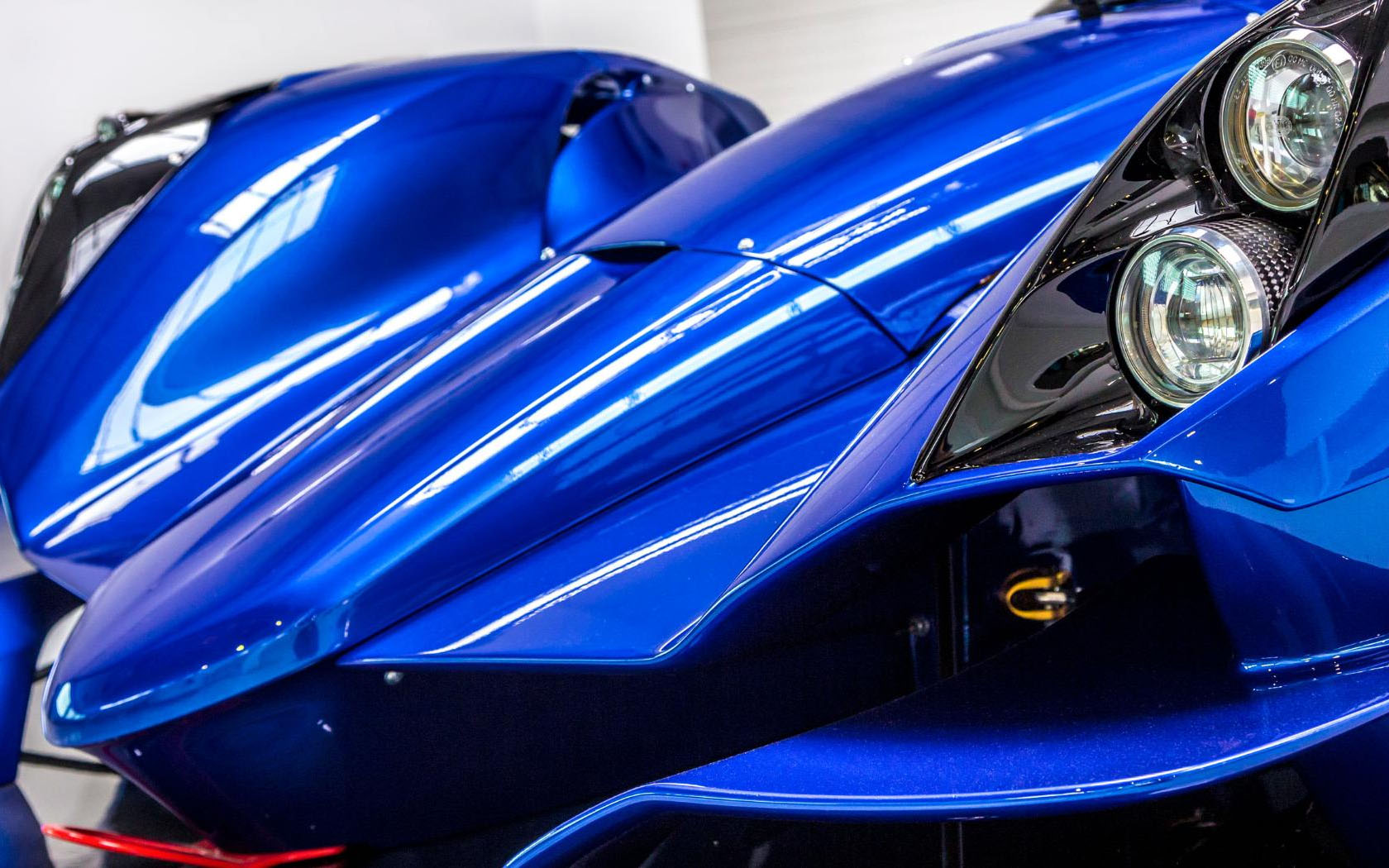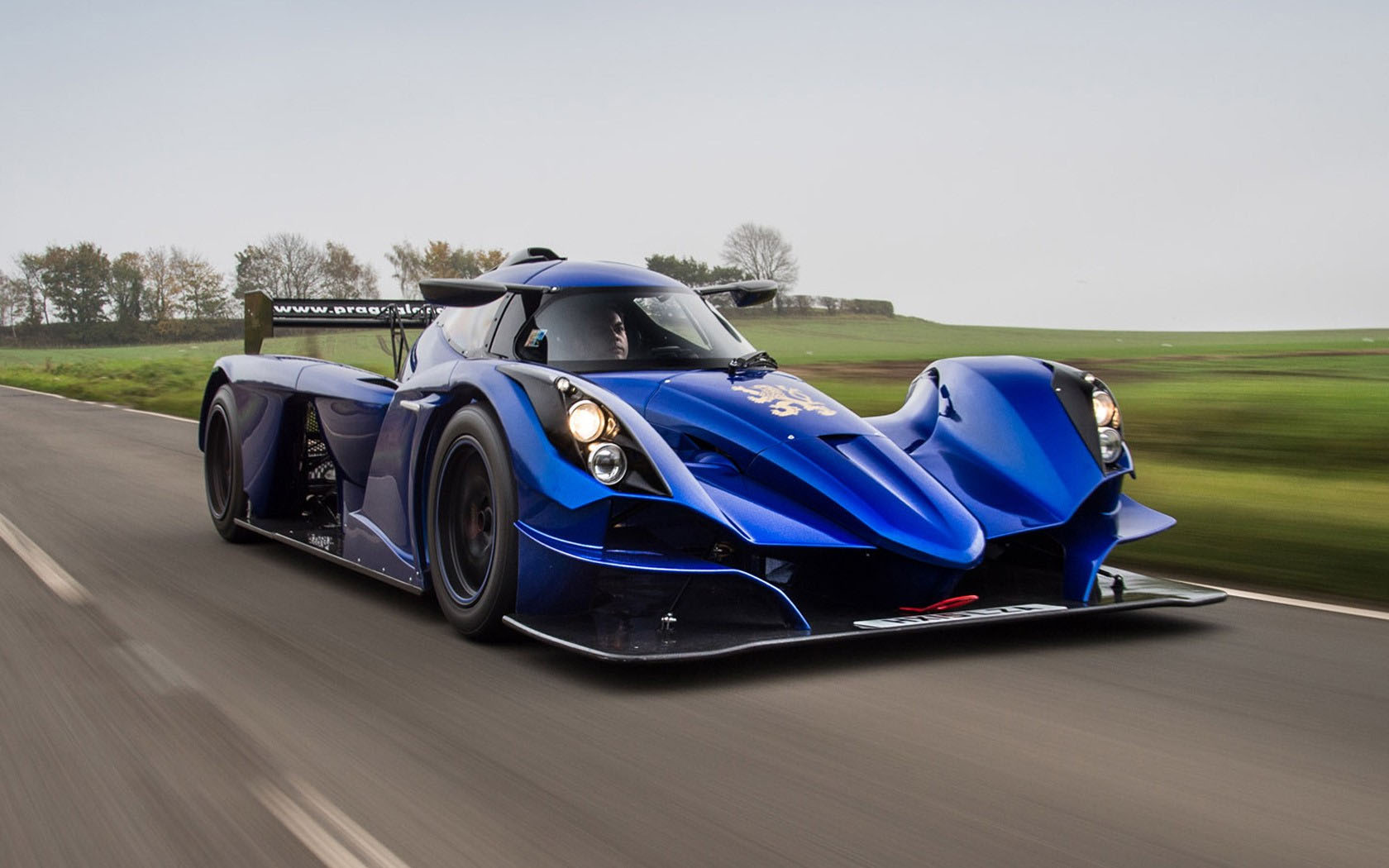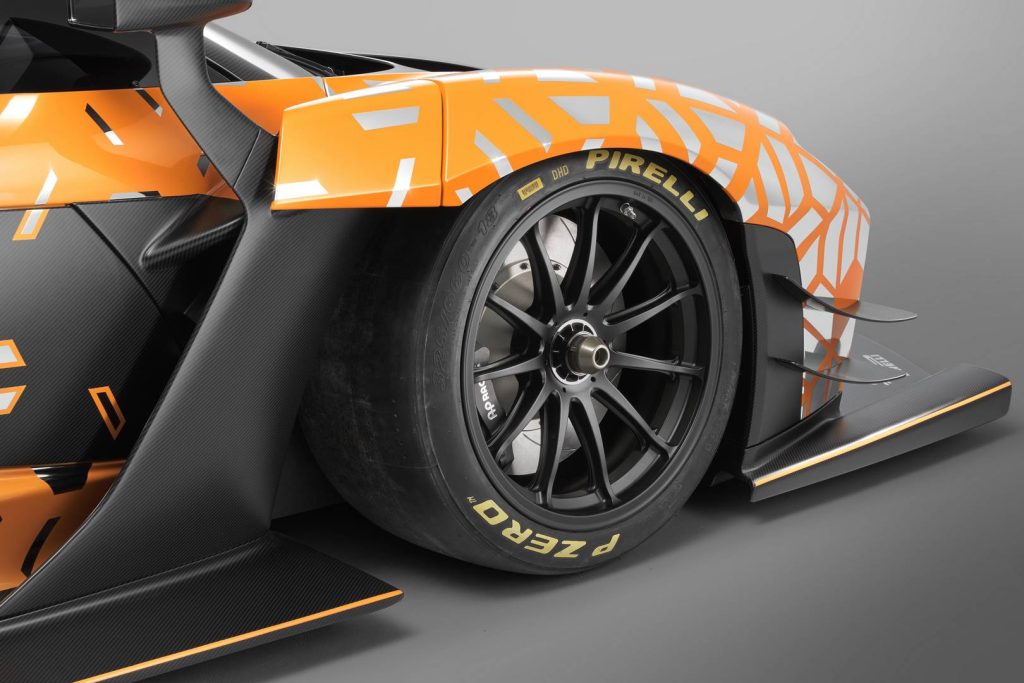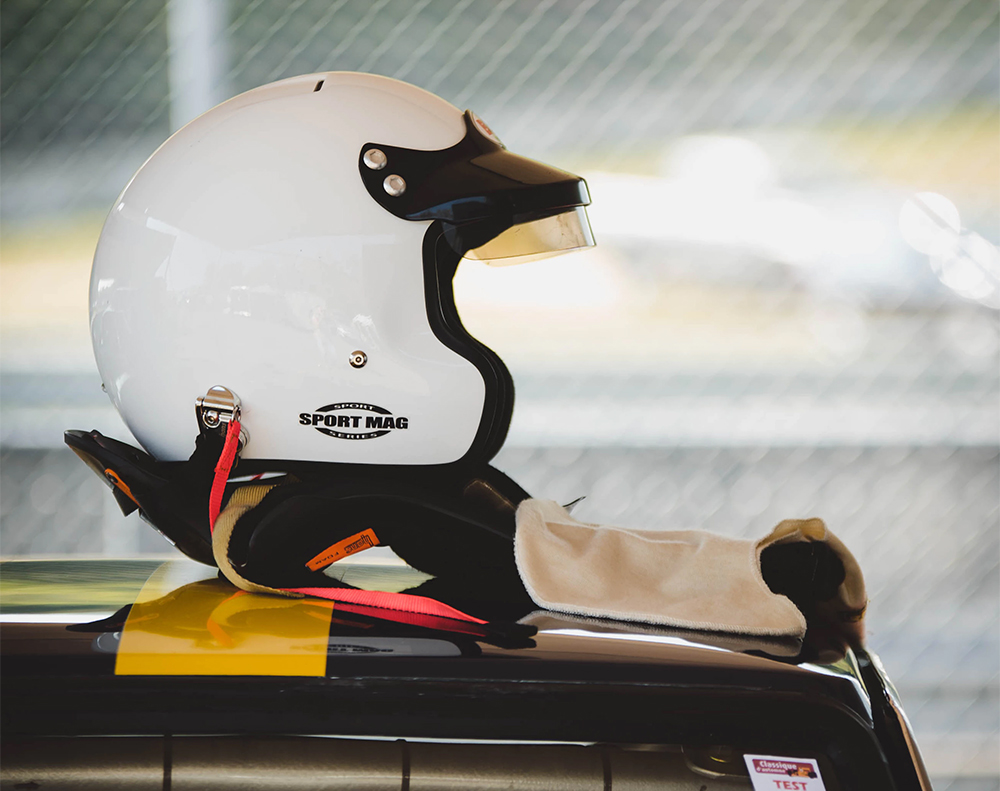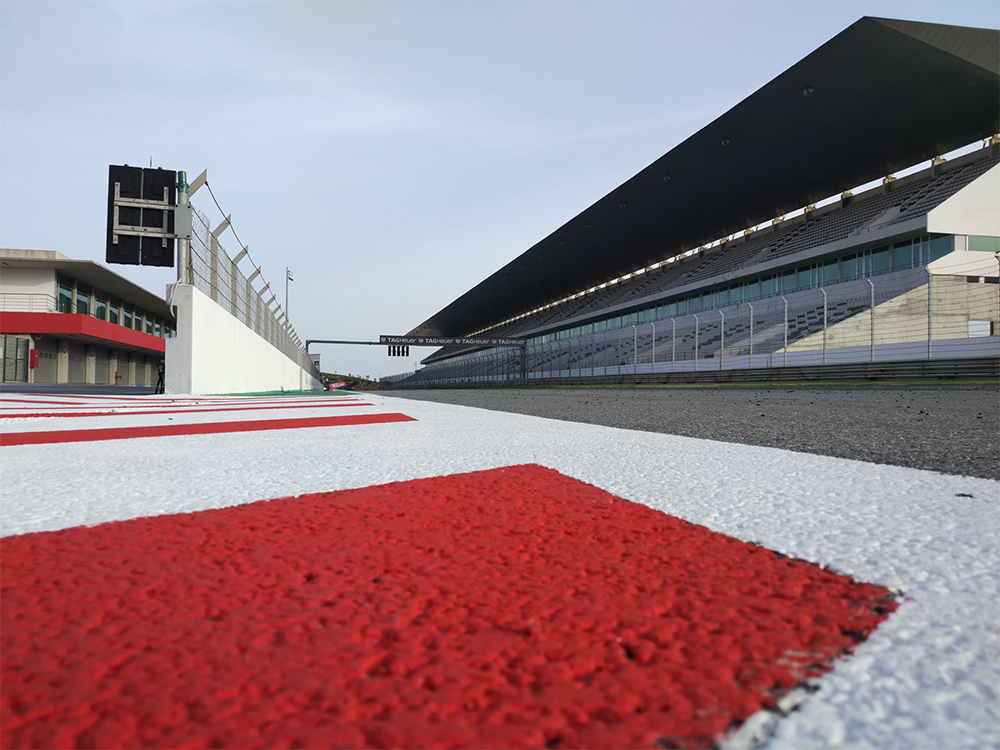Seeing how fast a car can move and how violently your eyeballs can shake has long been an obsession of people’s. However, it is an obsession that has been restricted to a) those that have made it into racing into their profession, b) those that frequent Germany’s autobahn, c) those that are rich enough to build their own track and d) idiots.
However, there is one more way to get the ultimate driving thrill and that is to head to one of the many racetracks that litter this world, but not just any old racetrack, one of the world’s most dangerous. There is enough data in the way of race structure, route density, societies you pass through, courses you take on and, sadly, lives taken to know which racetracks are the most dangerous, and these are them.
5. Calder Park, Melbourne
Calder Park Raceway has made it onto this list because, as a complex, it offers enough in the way of fear as anywhere else, starting with the dragstrip; the home to drag racing and hot rod stand-offs. But that is just part of it. There is also a road circuit that can be configured to make several different courses, some of which could see you have to go here for fast towing, and the world-famous Thunderdome, which is a high-speed banked oval sure to separate the brave from the wannabes.


4. Nurburgring, Austria
This is arguably the most notorious racetrack in the world, which is partly thanks to Top Gear, partly thanks to Gran Turismo and partly thanks to the fact it is fourteen miles of winding, narrow country roads that come together to create the ultimate test of a person’s nerve and car’s ability. To give you some idea of just how scary this track is, it was taken off the professional circuit simply because it was deemed too dangerous for competition. Yet, somehow, you can still turn up there and take your own car for a spin. Now, a lot of people call this hell because, well, you are driving the world’s most notorious track alongside other amateurs. It’s nerve-jangling. Luckily, there are ways to get the thrill without the same level of risk; either you get in the passenger seat and endure the most terrifying and fastest taxi ride of your life or you learn how to drive this ring safely at their driving safety center. Whatever you choose, the hairs will stand up and you will pray to a god you didn’t believe in before.


3. Paris-Dakar Rally
We couldn’t have a list of terrifying racecourses and not mention the godfather of all races, the Dakar Rally. On paper, this is a simple A to B adventure. In reality, it is a race that covers some of the harshest terrains anywhere in the world. It is ferocious. It is unrelenting. It is incredible. Now, you’re right, this is not technically a track and the routes people take tend to differ according to certain external factors, such as car and political current affairs, but it is still a race and one that you can enter, so it makes our list. To give you some idea of just how dangerous this race is, it had to be moved to South Africa in 2009 as a result of safety concerns, and rightly so because in the thirty years before this move, 45 deaths were recorded. That’s a dangerous record to have
2. Baja 1000
The thing that we need to mention about the Baja rally is the track itself, which is by no means dangerous. It’s not simple, but it isn’t a matter of concern. What makes this racecourse so unsafe is, in fact, the spectators. This is partly to do with the where they stand in order to get a good look at what the drivers are doing, but mainly because kidnappings are so frequent. In fact, barely any competitive race has gone down without a kidnapping or two occurring, most of which involve firearms as a result of the gang warfare that has plagued this place for years. Of course, the most memorable kidnapping in the race’s history was when a driver – that’s right, a driver! – was kidnapped by former police officers and held hostage for ten days. Now, that is a driving fear that not many people ever give a thought to.


1. Isle of Man TT
It doesn’t matter what you have read, what you have seen or what tracks have made you fear for your life first-hand; no track in the world is as terrifying than the Isle of Man TT. This is the ultimate test of a motoring abilities. We’re talking about motorcyclists hitting speeds of 180+ miles per hour on a track that is made up of single country lanes, surrounded by high stone walls, incredibly steep walls and even houses. 180+ mph. Now, nothing is going to be able to sell just how brave and skilled you need to be to tackle this course – even if Closer To The Edge comes close – but to give it to you in cold hard facts, 252 riders have now died since its inception in 1907. It is a course that takes years to perfect, walking it, driving it, knowing exactly what gear to be in at what point as you approach a summit you can’t see or a hidden dip. It is unforgiving and anything less than perfect could see the worst outcome happen. This takes the podium. No questions about it.
And there you have it, our top five most dangerous tracks/races in the world. Of course, we are not saying this is a definitive list. No way. So, if you have endured a tougher track or one that could be classified as lethal, then do tell us about it. The world needs to know where the most dangerous events lie.




